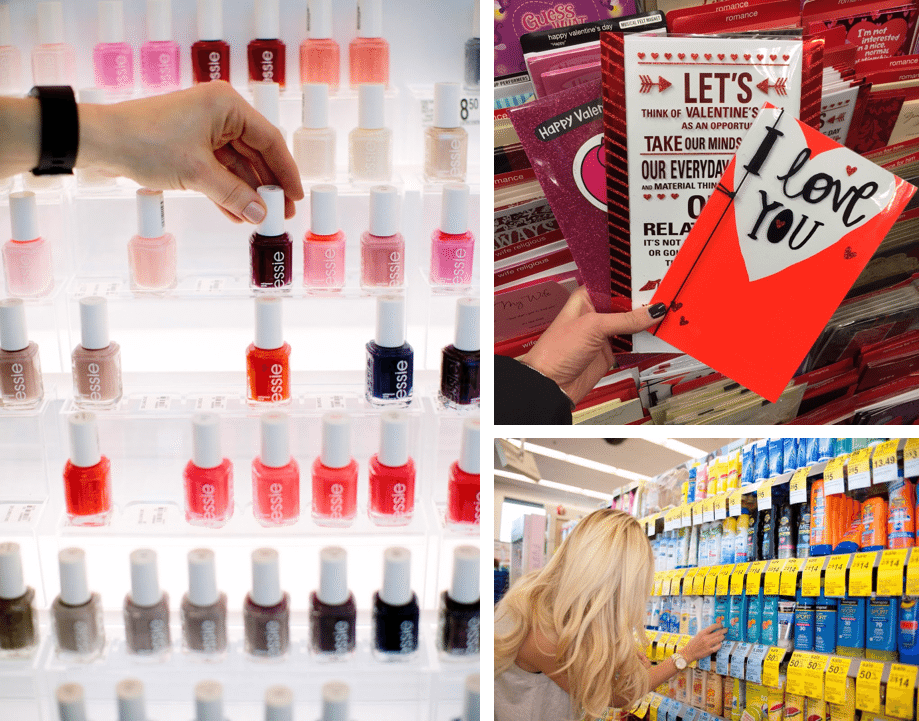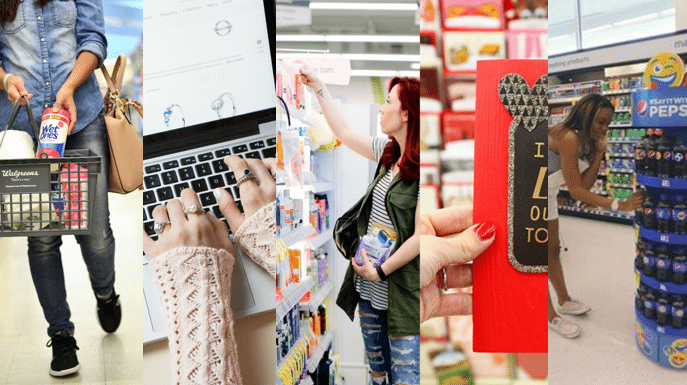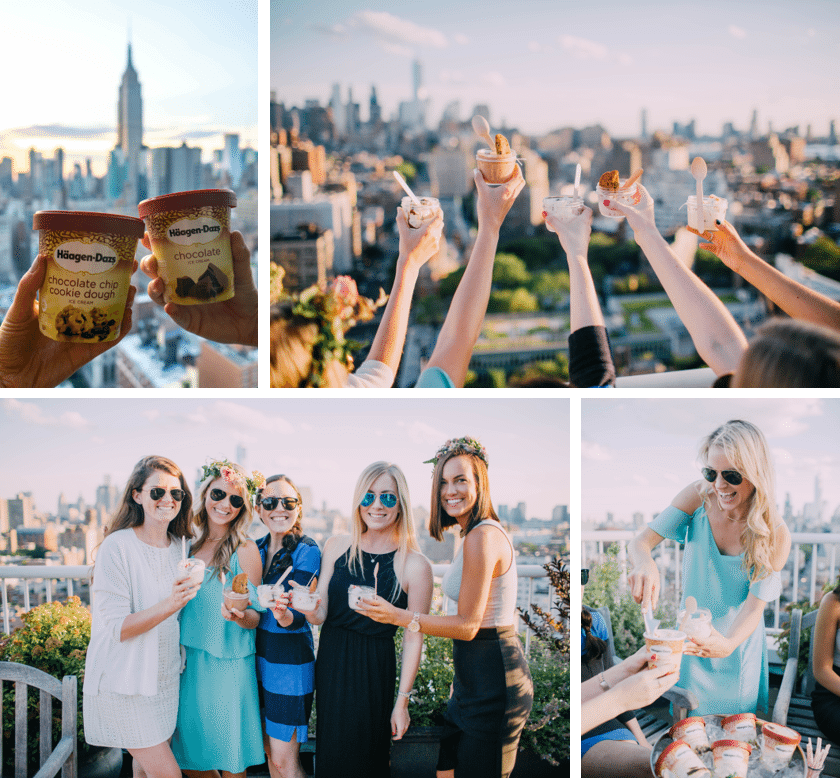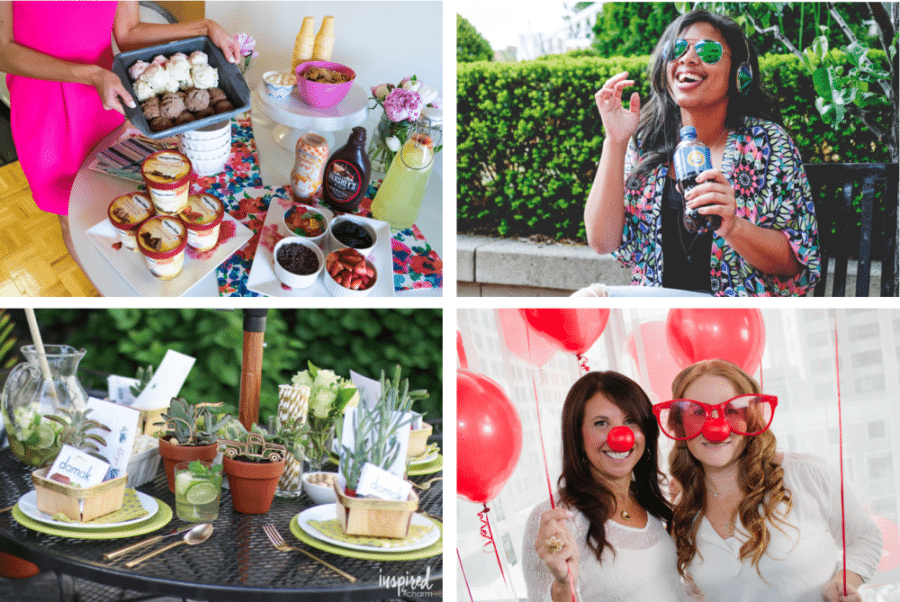In order to develop an influencer marketing campaign that achieves your objectives, there are a few things to keep in mind.
As a retailer, you probably already know that influencer marketing is a great way to bring customers in-store to browse and buy. You may have conducted your own influencer marketing campaigns in partnership with your vendors – or you may be thinking about dipping your toe in the influencer marketing pool. Either way, based on dozens of recent programs we’ve run for retailers, we’re here to give you some tips that are specific to influencer marketing in the retail space.
Make sure you don't miss a thing by subscribing to our monthly Carusele Roundup.
1. Ensure Product Availability
This one is really marketing 101. You MUST have the product your marketing campaign is centered around readily available in-store. There’s nothing more frustrating for your potential customers and damaging to your reputation than to see your product in native content, head in-store to buy it and discover that it’s not on the shelves. This doesn’t look good for the brand or the retailer and you’d be surprised how often this actually happens.
When we’ve analyzed sales lift from our programs, the lift generally happens within days of the content appearing online. Given that, if you don’t have the product ready, don’t run the program until it’s ready. Simple as that.
2. Take a Creative Approach to In-Store Content
Lots of retailers love the “social shop” aspect of influencer marketing. This is where influencers are asked to photograph in-store shopping scenes and product purchases. A couple of the reasons it’s so popular are that it’s an organic way to weave the retailer into the content and it shows target audiences a clear path to purchase.
“Traditional” social shops are a popular way to tie brands to a retailer but they must be approached creatively to ensure that they come across authentically and they align with the caliber of content that’s produced in the rest of the campaign.
We recommend that you think about what you might share in your own personal shopping experience. It certainly wouldn't be just a dark and uninteresting shot of products sitting on the shelves! Instead, consider sharing a shot of you holding the product in the aisle saying “Look what I found!” Or maybe a pic of your children staring in awe at a lively display. You might even want to tweet about a really good deal you found or share a Facebook teaser post about the things you’re buying that will be used in a recipe or craft project to be featured on your blog later that week.
If you’re conducting an in-store event and you’re set up to allow influencers to capture some great photographs of your décor and displays, it goes without saying that social shops and in-store photographs can achieve your goals. It all depends on your objectives and your campaign strategies.
The important point here is to approach in-store content as you do the rest of your content. Don’t have lower standards for this type of content because you think it’s a “must have”. If it’s a must have, you need to make sure it aligns with the rest of your campaign.
3. Align your Audiences
In order to make sure you’re not expecting the impossible from your influencer marketing efforts, it’s important to make sure your campaign audience fits within your general audience. If it doesn’t, there might be other avenues to reach your target that your influencer management team can help you with.
This is an important one because as a retailer, you will have vendor brands that reach different segments of your overall customer base. You need to determine how to reach these specific segments within your general audience in a way that’s authentic and relevant. This is something your influencer marketing managers can help you with by selecting the right influencers.
4. Integrate with Broader Marketing Activities
In order to get the most out of your influencer marketing efforts, it’s important to ensure they are integrated with your other marketing activities.
You need to ensure that the right hand knows what the left hand is doing – your influencer marketing efforts should mesh with your distribution, product sampling events, product launches, awareness campaigns, special offers and other strategies. In addition to this, wherever possible, your staff should know about current campaigns so they can direct customers to the right products.
We were able to run a very nicely integrated campaign for an ice cream brand that drove to sampling activities. We were even able to boost our content to those on a mobile device in a physical proximity to one of the sampling locations. The sell through was very strong, as you might imagine. Because teamwork makes the dream work people! J
5. #SuccessfulHashtags
Listen to your influencer managers when they tell you that your campaign hashtag should be brief and to the point – especially when you’re incorporating a Twitter party in your campaign, you don’t want a long hashtag that uses up characters unnecessarily without communicating what you actually want to say.
Instead of using your store name in your hashtag, your influencer manager might recommend using @mentions instead, using locations in Facebook and Instagram posts, incorporating a simple tag in a social post and generally looking to represent your brand in different places. It is much more effective to talk about the retailer in the long form content and the social share copy.
6. Run a Last-Minute Campaign
Influencer marketing can be an excellent tactic to employ if you don’t have a lot of lead time because, if you’re willing to be flexible, influencers can get content produced relatively quickly and effectively. That being said, in these situations, it’s important to not limit your audience by trying to be too specific. You might also need to spend a little more cash to work with particular high-quality content producers and get them to deliver the content on a short turn around.
This is another time you should really trust the agency you’ve hired to put together a campaign that can achieve your objectives. When faced with these time crunch situations, influencer managers can really leverage the relationships they’ve built with specific influencers to get them to participate in campaigns with short deadlines.
By its nature, the native content that influencer campaigns produce generates an urgency and excitement about products. Influencers can tell stories really quickly on their social channels and readers often want immediate gratification which drives them in-store to find the product that your campaign is promoting.
-1.png?width=504&height=360&name=Carusele%20logo%20%C2%AE%20logo%20Color%20(2)-1.png)



